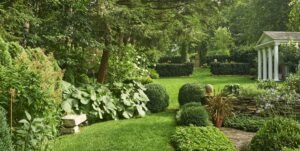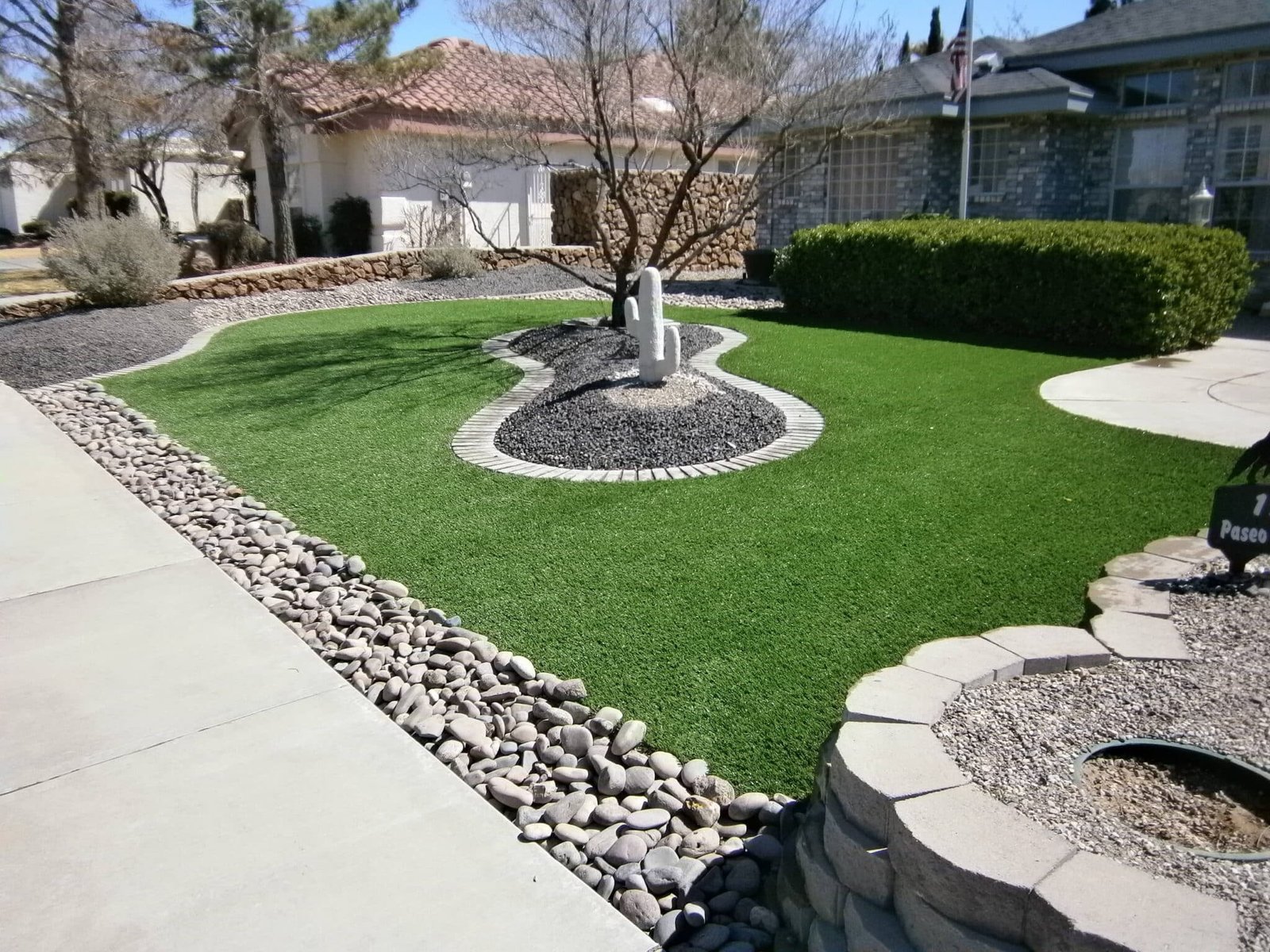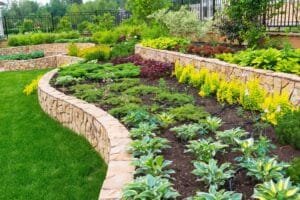Hedging
Hedging landscaping refers to using carefully selected plants to create natural boundaries, screens, or enclosures. The goal is to achieve a visually appealing and functional outdoor space that provides privacy, security, and noise reduction while also serving as a habitat for wildlife. Hedging plants are typically chosen for their dense foliage and ability to grow into a compact shape, making them effective at creating a natural barrier. Some popular hedging plants include boxwood, yew, privet, holly, and laurel.
Hedging landscaping can be used in various settings, including residential, commercial, and public spaces. It is often used to define property boundaries, create privacy around outdoor living spaces, or provide a natural backdrop for other landscaping features. In addition to its aesthetic and functional benefits, hedging landscaping can also have environmental benefits, such as reducing erosion and providing habitat for wildlife. It can also improve air quality and reduce noise pollution, making it a popular choice in urban areas. Overall, hedging landscaping is a versatile and effective way to create a beautiful and functional outdoor space while contributing to a healthier environment.
What Is Hedging Landscape?
Hedging landscaping is a landscape design that uses carefully chosen plants to create natural barriers and boundaries. The plants used in hedging are typically selected for their ability to grow densely and be pruned into a desired shape, making a compact and uniform appearance.
Hedging plants can define property boundaries, create privacy screens, or separate different areas of a garden or outdoor space. They can also soften a space’s edges, adding a natural and organic feel to the landscape. Hedging plants can be either evergreen or deciduous and may include species such as boxwood, yew, privet, holly, and laurel. When used effectively, hedging plants can provide a range of benefits, including noise reduction, privacy, and habitat for wildlife.
Hedging landscaping is a popular choice for residential and commercial properties, as it can create a beautiful and functional outdoor space while providing practical benefits such as security and noise reduction. It can also be a sustainable choice, as it helps to reduce erosion and provides a habitat for beneficial wildlife.
How Does Hedging Landscaping Work?
Hedging landscaping uses carefully selected plants to create a natural barrier or boundary around a garden, yard, or outdoor space. The plants used in hedging are typically chosen for their ability to grow densely and be pruned into a desired shape, creating a compact and uniform appearance. Creating a hedging landscape typically involves selecting the appropriate plants for the site, preparing the soil, and carefully planting the hedging plants in a row or pattern to create the desired barrier or boundary. Once the plants have been established, regular pruning and maintenance are required to maintain their shape and density.
The benefits of hedging landscaping include providing privacy and security, reducing noise pollution, and creating a natural and visually appealing boundary. Hedging can also soften a space’s edges and create a more natural and organic feel in the landscape.
When designing a hedging landscape, it’s essential to consider factors such as the size and shape of the space, the desired level of privacy and security, and the aesthetic goals of the design.
Different plants have different growth habits and pruning requirements, so selecting the right plant for the job is essential.
Overall, hedging landscaping creates a beautiful and functional outdoor space while providing practical benefits such as privacy and noise reduction. In addition, with proper planning and maintenance, a hedging landscape can provide years of enjoyment and natural beauty.
Advantages Of Hedging
Hedging landscaping has several advantages, including:
- Provides privacy: One of the most significant advantages of hedging landscaping is its ability to create natural barriers that offer privacy. Hedging plants can create screens or enclosures that block out unwanted views or provide a sense of seclusion in outdoor living spaces.
- Reduces noise: Hedging plants can also help to reduce noise pollution, making them a popular choice in urban areas or near busy roads. In addition, the dense foliage of hedging plants can absorb sound waves and create a more peaceful and tranquil outdoor environment.
- Creates a natural boundary: Hedging plants can create a natural boundary separating different areas of a garden or outdoor space. This helps define the space and create a sense of order and structure.
- Adds aesthetic appeal: Hedging plants can add aesthetic appeal to a garden or outdoor space, creating a natural and organic feel that enhances the overall beauty of the landscape.
- Provides habitat for wildlife: Hedging plants can provide habitat for various beneficial wildlife, including birds and insects. This can create a more diverse and ecologically balanced outdoor environment.
- Low maintenance: Once established, hedging plants are generally low maintenance and require minimal pruning and care.
Overall, hedging landscaping is a versatile and effective way to create a beautiful and functional outdoor space while providing practical benefits such as privacy and noise reduction. It can also be a sustainable choice that contributes to a healthier environment.
Disadvantages Of Hedging
While hedging landscaping has many advantages, there are also some potential disadvantages to consider, including:
- Requires space: Hedging plants typically need significant room to grow, which may not be feasible in smaller outdoor spaces.
- Can be expensive: The cost of purchasing and planting hedging plants can be significant, especially for larger areas or more expensive plant varieties.
- Requires maintenance: While hedging plants are generally low maintenance once established, they require regular pruning and maintenance to maintain their shape and density.
- It may take time to establish: Hedging plants may take several years to grow and develop, meaning that the desired results may take time.
- Limited design flexibility: Hedging landscaping is limited in terms of design flexibility, as the plants used must be able to grow densely and be pruned into a desired shape.
- Vulnerable to pests and disease: Hedging plants can be vulnerable to pests and disease, impacting their growth and overall health.
While hedging landscaping has many advantages, it’s essential to consider the potential drawbacks carefully before embarking on a hedging project. By considering factors such as space, cost, and maintenance requirements, it’s possible to create a thriving hedging landscape that provides both aesthetic and practical benefits.







